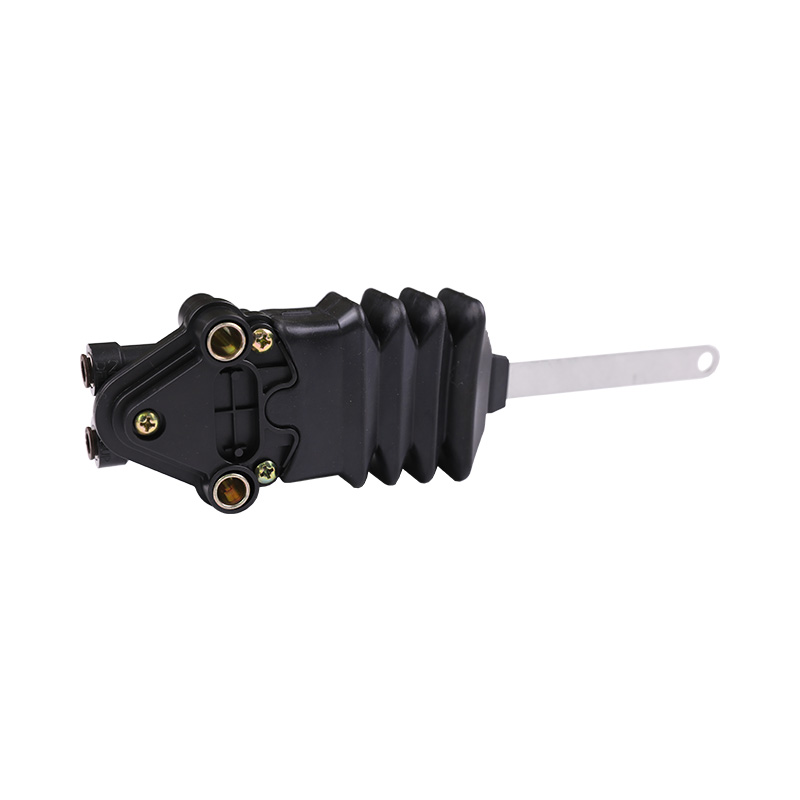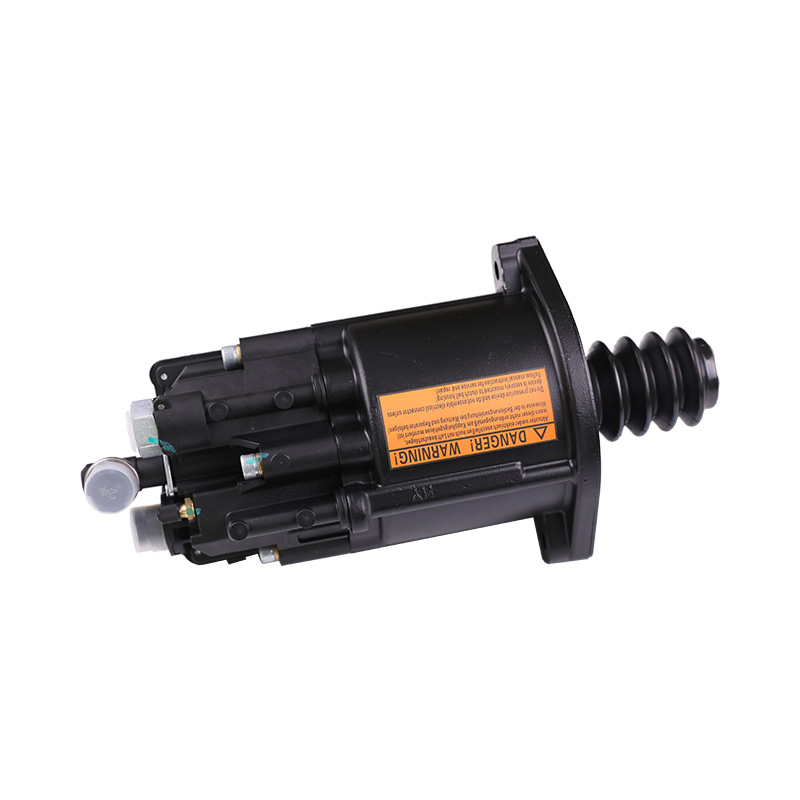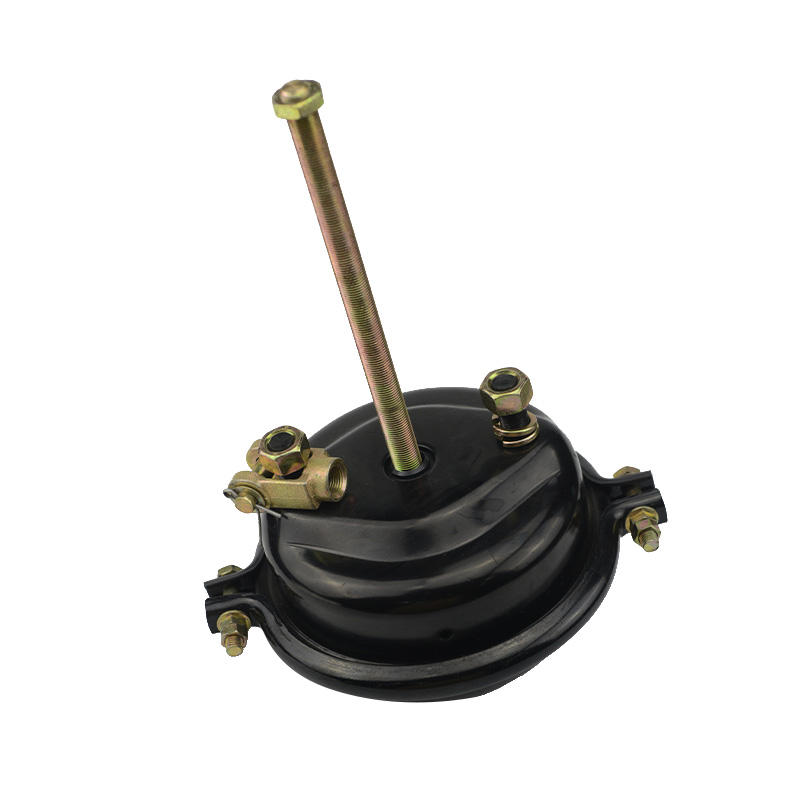Importance of Regular Maintenance of Brake Foot Valve
The brake foot valve is a key component in the vehicle braking system, especially in the pneumatic brake system. The main function of the brake foot valve is to control the air pressure through the pedal operation, so as to enable and release the brake. With the extension of the use time, the brake foot valve may have problems such as wear, aging, and air leakage, which will directly affect the working efficiency of the brake system and may even cause the vehicle's brake failure. Therefore, regular maintenance of the brake foot valve can not only ensure driving safety, but also extend the service life of the brake system.
Maintenance cycle of brake foot valve
The maintenance cycle of the brake foot valve varies depending on the vehicle's use environment, mileage, and frequency of use. Generally, it is recommended to conduct a comprehensive inspection every 50,000 kilometers or once a year. For vehicles with high frequency of use, such as logistics trucks and public transportation, the maintenance cycle should be shortened accordingly to ensure that the brake system is always in the best working condition. For some brake systems under extreme working conditions, such as high temperature, cold or humid environments, more frequent inspections and maintenance may be required.
Common brake foot valve failures and their prevention
Common brake foot valve failures include air leakage, valve sticking, spring failure, and seal aging. If these problems are not repaired in time, the performance of the brake system will be reduced, and even the brake will fail. Regularly checking the tightness of the brake foot valve is an effective way to prevent air leakage. For brake systems that are often exposed to humid environments, it is critical to keep the brake foot valve dry. Valve sticking is usually caused by dust, dirt or corrosion accumulated inside the valve. Regular cleaning of the brake foot valve can effectively prevent this problem.
In addition, spring failure and seal aging of the brake foot valve are important causes of slow brake response or failure. Regularly checking the elasticity of the spring and the wear of the seal can help detect problems early and avoid safety hazards caused by brake foot valve failure.
Maintenance content of the brake foot valve
Check air tightness: Check the air tightness of the brake foot valve, especially the connection parts and seals. Poor air tightness will cause air leakage, which will affect the pressure control and response speed of the brake system.
Clean the inside of the valve: Clean the dust and impurities inside the brake foot valve. Accumulation of dust, oil or corrosion inside the brake foot valve may cause the valve to get stuck or move insensitively, affecting the braking effect.
Check the spring and seal ring: Check whether the spring in the brake foot valve is loose or broken, and whether the seal ring has signs of wear or aging. Replace it if necessary to ensure the normal operation of the brake foot valve.
Check the connecting pipes: Make sure that the air pipes and connectors of the brake foot valve are not cracked, loose or leaking. Any loose or damaged parts may cause the performance of the brake system to deteriorate.
Lubricate the moving parts of the valve: For brake foot valves with moving parts, regular lubrication can reduce friction and improve the response speed of the valve.
The impact of brake foot valve maintenance on safety
The maintenance of the brake foot valve is directly related to the braking safety of the vehicle. Once the brake foot valve fails, it may result in poor braking effect or even loss of braking ability of the vehicle, causing traffic accidents. Regular maintenance can ensure the normal operation of the brake system, especially in crowded or high-speed driving situations. Reliable braking performance is essential to ensure the safety of drivers and passengers.
For example, when the spring of the brake foot valve is loose or the sealing ring is aged, the brake system may not be able to respond quickly to the driver's braking command, resulting in delayed or insufficient braking force. Regular inspection and replacement of these parts can effectively avoid this situation and ensure that the brake system is always in the best condition.
Consequences of improper maintenance
If the regular maintenance of the brake foot valve is ignored, a series of safety hazards may arise. For example, long-term use of an unmaintained brake foot valve may cause system leakage, which in turn prevents the brake system from reaching the required pressure, affecting the vehicle's braking response speed and stability. In addition, the aging of the brake foot valve may also cause overheating or failure of the brake system, which will not only increase maintenance costs, but may also threaten driving safety.






